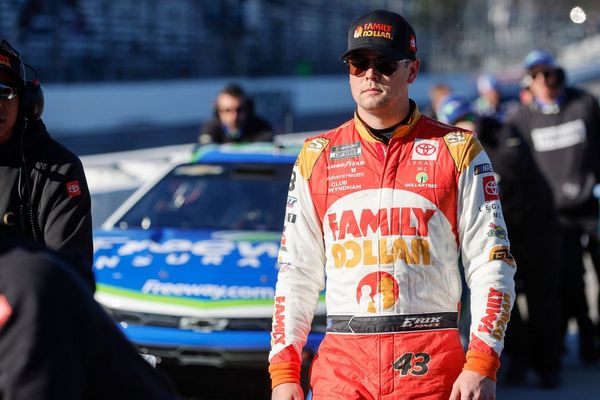
But two fatal flaws that imperil highway drivers are always overlooked though they are omnipresent and experienced by drivers on a daily basis.
The first is the faulty design of highways. As the Mistry accident amply demonstrates, one of the possible factors behind the accident was the carriageway narrowing suddenly, without any warnings, from a three-lane highway to a two-lane road that curves and ascends a bridge spanning a river. As if that was not enough, the bridge walls did not have crash guards that could have absorbed the shock of the impact.
Even if the road had to perforce taper, there should have been adequate number of road signs warning motorists of an imminent lane constriction—starting two kilometres away and repeated every 500 metres—accompanied with rumblers to slow down traffic. Indian highways, whether national or state, are notoriously devoid of road signs. Highway authorities seem to treat these signs as indulgences, and not as part of a highway’s basic hygiene factor. With so many parliamentary and assembly teams travelling overseas on different orientation programmes, it is curious that none of them ever noticed the ubiquity of road signs on these visits.
You might also like
A strong India decoupling from emerging peers
How Enam AMC’s Jiten Doshi picks stocks
How Russia snapping gas line to EU affects India
For women’s incomes, flexible work is no magic bullet
The second problem, which the police have ignored studiously, is traffic on the wrong side of the lane. It has been the experience of many a highway driver to suddenly be confronted with either a car, a truck or a two-wheeler driving straight at him. Highway drivers are often caught unawares and end up crashing while trying to dodge the incoming traffic. Perpetrators justify this illegal action in the name of petroleum conservation, and the police is also occasionally guilty of indulging in this behaviour. In addition, trucks, buses and other heavy commercial vehicles routinely violate lane discipline, forcing motorists to overtake from the wrong side.
The police turns a blind eye to many of these infractions for reasons best known to it. Instead the blame is always, by default, attributed to the motorists.
Authorities usually explain away India’s highway accidents to either over-speeding or other driver-related faults. Strangely, no proof is ever provided to back up these claims. Some accidents, to be sure, are self-evidently caused by over-speeding and do not require detailed forensic examination. But, by the same token, not all accidents can be, or should be, attributed to over-speeding. This seems like a structured police response that plays to India’s myriad prejudices—tinged with schadenfreude—regarding privilege, fast cars and karma.
The whole notion of speeding raises an interesting question: does the police ever distinguish between speeding and over-speeding? Highways are supposed to facilitate speed. This is not to overlook the fact that over-speeding is dangerous and can endanger not only the lives of passengers but also result in collateral damage to third parties. Yet, in all reports about highway accidents, the stock explanation is always speeding (you can add seat belts to that list now). Oddly, the fault never lies with flawed road design, lack of road signs or of a two-wheeler suddenly popping up in front.
The Cyrus Mistry mishap has demonstrated unequivocally how wearing belts even in the rear seats can indeed save lives. But, this is now wisdom gained after the event, a post-facto realisation. The vast majority of rear-seat riders in India do not wear seat belts because the law doesn’t mandate it. Come to think of it, despite extant law, even many seated in the front row eschew belts–including cab drivers in numerous cities—in the name of personal liberty, an argument that strangely resonates with the anti-vax campaign. So, to point fingers and blame the accidental death on belt negligence is a bit disingenuous, as is all the palaver about over-speeding.
Two other factors must be kept in mind. One, automobile manufacturers in India refuse to provide vehicles with an adequate number of airbags, though the same models sport more airbags when exported to overseas markets. The second is a behavioural thing. Apart from insisting on a regulatory framework about what auto manufacturers can say about their model’s acceleration rate, there should be some guidelines on how advertising should show cars in motion. Too many stunts in the commercials, unreal driving conditions and an undue emphasis on speed may also be insidiously shaping driver behaviour, creating an entire generation of rash drivers on the highways.
Elsewhere in Mint
In Opinion, Kaushik Basu writes on the US Fed’s error of misreading the labour market. Montek S. Ahluwalia & Utkarsh Patel say India needs a 10-year plan on the strategy for managing climate change. Biju Dominic on how employers could persuade employees back to office. Long Story narrates the existential crisis of a premier PSU.







